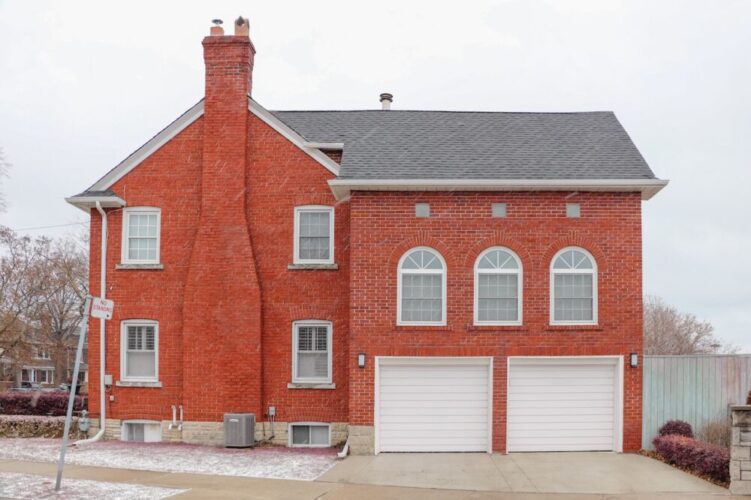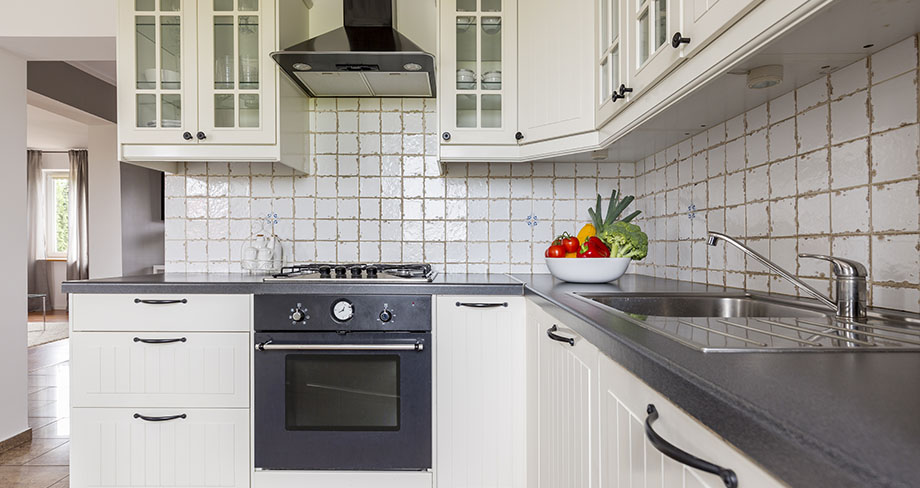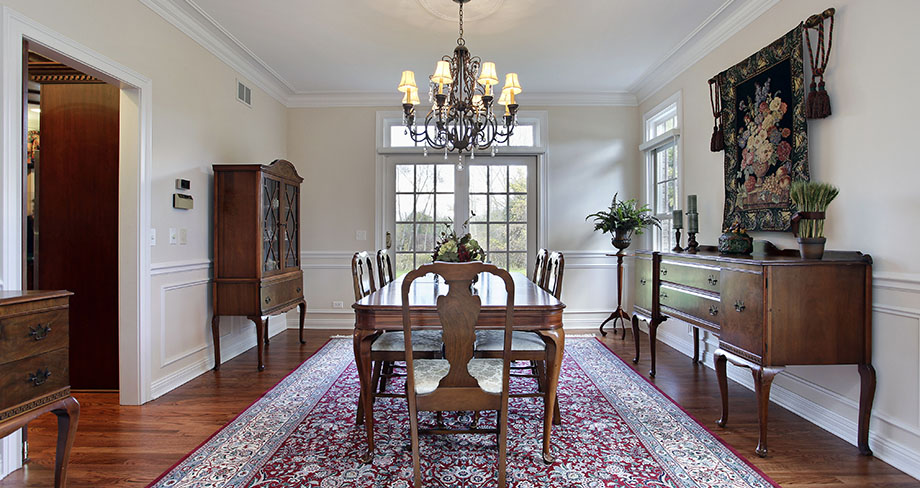In the dynamic world of business, the functionality and aesthetics of a commercial space, specially in retail remodel projects play a pivotal role in operational efficiency and brand representation. It is a strategic approach to revitalize and adapt workspaces to evolving business needs.
However, balancing the aspirations of a remodeling project with financial constraints is a challenge that many businesses face. Therefore, there are effective strategies for managing a commercial remodel project within a budget to achieve a balance between creating a space that reflects evolving needs and maintaining financial prudence.
Understanding the Need for Remodeling
Firstly, it is important to understand why remodeling is necessary. As businesses grow, their needs change. The space they started with might not serve their current needs. Maybe they need more room, or perhaps the layout is not efficient anymore. Remodeling offers a chance to reconfigure the space. It makes the space more adaptable to the current needs of the business.
Planning for Efficiency
Planning is the key to successful remodeling. Businesses need to think about what they want to achieve with the remodel. They should focus on making the space more efficient. This means considering how employees interact with the space. It involves looking at the flow of work and how to make it smoother. Efficient use of space can increase productivity.
Utilizing Modern Design Principles
Modern design principles can play a big role in remodeling. These principles focus on creating open, flexible spaces. They emphasize natural light and uncluttered areas. Such designs can improve the mood and productivity of employees. They also make the space more inviting to clients and customers.
Sustainable Practices
Sustainability is an important consideration. Businesses can use eco-friendly materials in their remodeling. They can also incorporate energy-efficient lighting and appliances. These practices not only help the environment. They can also reduce long-term operational costs.
Technology Integration
In today’s world, technology is a critical component of any business. During remodeling, integrating technology is essential. This includes setting up efficient networking systems. It also involves creating spaces that can accommodate future technological upgrades. Businesses need to think about how technology will shape their operations in the future.
Focusing on Flexibility
Flexibility is a key factor in modern commercial spaces. Remodeling should focus on creating spaces that can adapt to various needs. This could mean having movable walls or multi-purpose areas. Such flexibility allows businesses to adapt to changes without needing further remodeling.
Employee Comfort and Productivity
Employee comfort directly affects productivity. When remodeling, businesses should consider the comfort of their employees. This includes ergonomic furniture and a layout that reduces noise and distractions. A comfortable work environment can lead to happier and more productive employees.
Balancing Aesthetics and Functionality
While functionality is important, one shouldn’t ignore aesthetics. The design of the space should reflect the brand and values of the business. A well-design of space can leave a lasting impression on clients and customers. It can also create a more pleasant working environment for employees.
Engaging Professional Help
It is wise to engage professional help for home improvement. Architects and designers can provide valuable insights. They can help in creating a space that is both efficient and aesthetically pleasing. They also understand building codes and regulations, ensuring the remodel is compliant.
Monitoring the Remodeling Process
Once the remodeling begins, it is important to monitor the process. This ensures that the project stays on track and within budget. Regular meetings with the contractors and designers can help in addressing any issues promptly. It also allows businesses to make adjustments as needed.
Budgeting for Your Remodeling Project
Budgeting is crucial for commercial remodeling McLean. It determines what is possible within the scope of the project. The first step is to understand what affects the cost of a remodeling project. The size of the space, the materials chosen, and the complexity of the work are key factors. Labor costs also play a significant role. Knowing these factors helps in estimating the overall cost.
Setting a Realistic Budget
Setting a realistic budget is essential. It is important to know how much you can afford to spend. This involves looking at your savings and considering any loans or financing options. Always set a budget that is within your financial means. This prevents financial strain during and after the project.
Getting Multiple Estimates
Once you have a budget in mind, get estimates from several contractors. This gives you a range of costs to expect. It also helps in finding a contractor who can work within your budget. Remember, the cheapest estimate is not always the best. Quality and reliability are important too.
Prioritizing Your Needs
When planning a remodel, prioritize your needs. Focus on what is most important for the project. This could be updating a kitchen, expanding a living space, or improving a bathroom. Knowing your priorities helps in allocating your budget effectively.
Planning for Unexpected Costs
Always plan for unexpected costs. Remodeling projects often have unforeseen expenses. Set aside a portion of your budget for these surprises. A good rule is to allocate an extra 10-20% of your total budget for unexpected costs.
Choosing Materials Wisely
The choice of materials has a big impact on the budget. Some materials are more expensive than others. It is important to balance quality and cost. Sometimes, choosing slightly less expensive materials can save a lot of money without compromising much on quality.
Considering DIY Options
Consider doing some work yourself. DIY can save labor costs. However, be realistic about your skills. Some tasks are better left to professionals. DIY is most effective for simpler tasks like painting or minor installations.
Timing Your Project
The timing of your project can affect the cost. Some seasons are busier for contractors, which can drive up costs. Planning your project during a less busy season might lead to better pricing and more attentive service.
Tracking Your Spending
As the project progresses, keep track of your spending. This helps in staying within your budget. It also allows you to make adjustments if costs are higher than expected in certain areas.
Communicating with Your Contractor
Good communication with your contractor is vital. Make sure they understand your budget constraints. Keep the lines of communication open throughout the project. This ensures to address financial concerns properly.
Conclusion
Successfully managing a commercial remodeling project within a budget requires a well-thought-out strategy, often involving collaboration with home addition companies DC. These companies bring a clear understanding of business needs, efficient planning, and effective communication skills to the table. By prioritizing functionality, flexibility, and employee comfort, and integrating modern design principles and technology, businesses, with the aid of these companies, can transform their workspaces into more productive and inspiring environments.



















